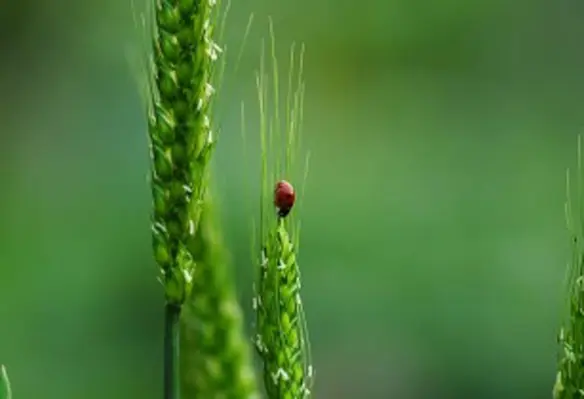The Asia-Pacific region has some of the world’s richest concentrations of earth’s biological diversity, but human activities, including the expansion of agriculture, are threatening the survival of many species and their ecosystem services, according to a regional biodiversity conference
The expansion of agricultural activities is a major driver and the Food and Agriculture Organization of the United Nations (FAO) has pledged to ensure that agriculture and food systems will develop in ways that reduce the risks to biodiversity.
The State of the World’s Biodiversity for Food and Agriculture report, published in February 2019 by FAO, presented mounting and worrying evidence that the biodiversity that acts as a foundation for our food systems is disappearing – putting the future of our food, livelihoods, health and environment under severe threat. For that reason, the agriculture sectors have a clear interest in conserving biodiversity because they rely on it for present and future production.
“Agriculture and food systems in Asia and the Pacific must do their part to help conserve and make sustainable the use of natural resources to ensure food security and nutrition for present and future generations,” said Kundhavi Kadiresan, FAO assistant director-general and regional representative for Asia and the Pacific.
“Biodiversity is critical for safeguarding this region’s food security, underpinning healthy and nutritious diets, improving rural livelihoods and enhancing the resilience of people and communities,” she explained.
Rich biodiversity in Asia-Pacific
The Asia-Pacific region has undergone the world’s most extensive land-use transformation to agriculture and pastureland since the 1960s. More than half of the world’s remaining mangrove areas are found here – teaming with biodiversity – but increasingly threatened due to pressures of economic and agricultural development.
Likewise, freshwater ecosystems in the Asia-Pacific region support more than 28 per cent of aquatic and semi-aquatic species but nearly 37 per cent of these species are threatened by overfishing, pollution, infrastructure development and invasive alien species.
The population of large wild mammals and birds has declined across the region. Habitat degradation and fragmentation, especially in forests and grasslands is largely to blame.
Among the different ecosystem types, forests, alpine ecosystems, inland freshwater and wetlands, coastal systems are the most threatened. Half of the planet’s largest islands are found in this region, as is the most diverse coral reef system in the world, yet this marine-rich biodiversity is extremely vulnerable to human activities.
Protecting biodiversity in all sectors of agriculture
At this regional consultation, convened by FAO and the Convention on Biological Diversity (CBD), government officials from countries across the region have joined with international agencies, the private sector, NGOs and academia to consider some three-dozen best practices currently underway across the region.
“This (Asia-Pacific) region is critical as it contains more biodiversity hotspots than any other,” said David Cooper, CBD’s deputy executive secretary. “It hosts more than half the world’s farmers and fisherfolk and some of the world’s fastest growing economies. It’s no exaggeration to say what happens here will determine the future of life on earth.”





